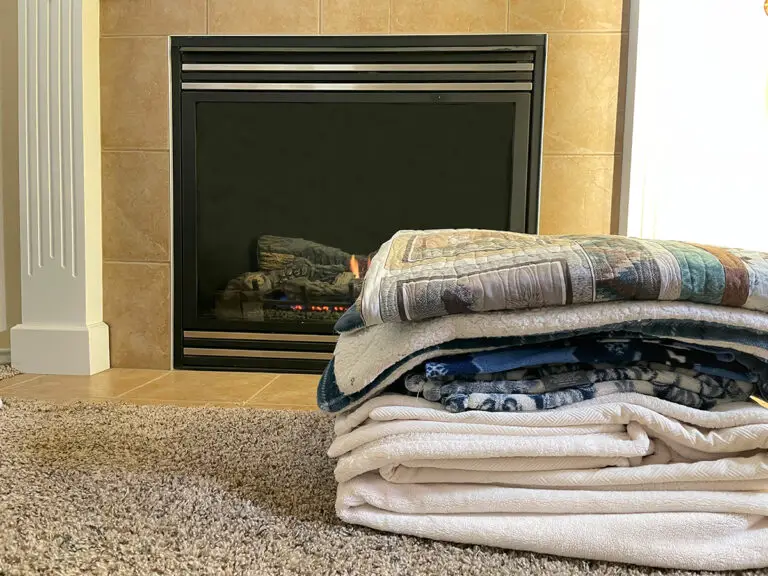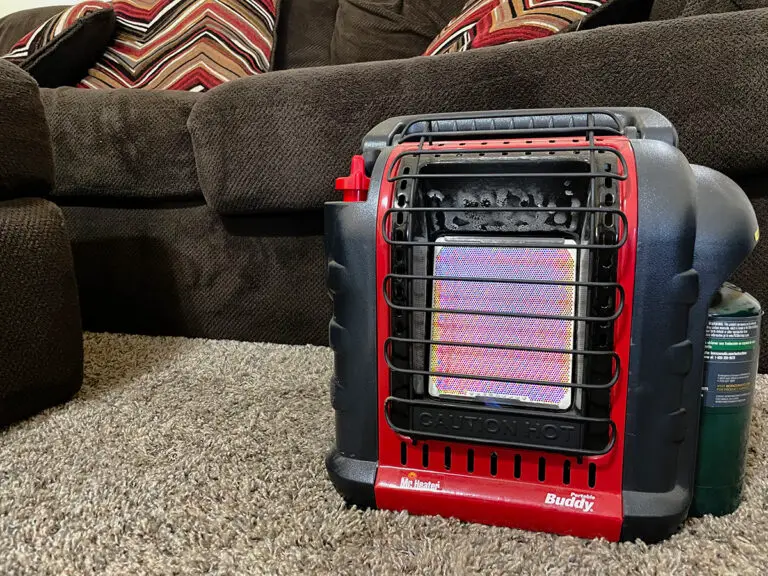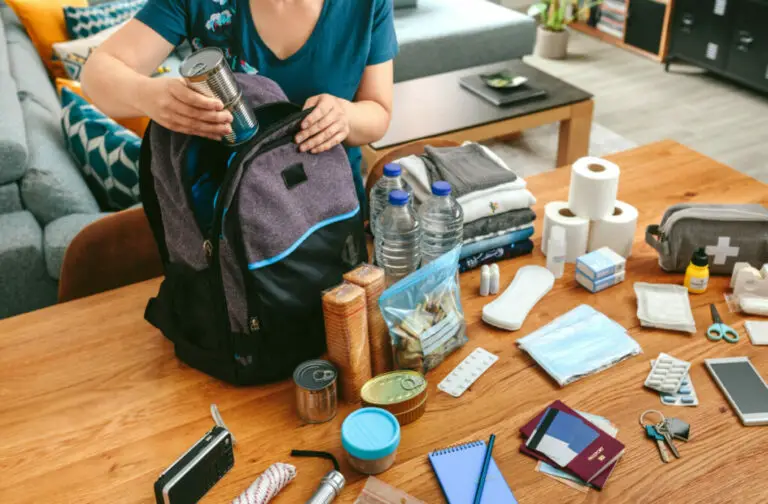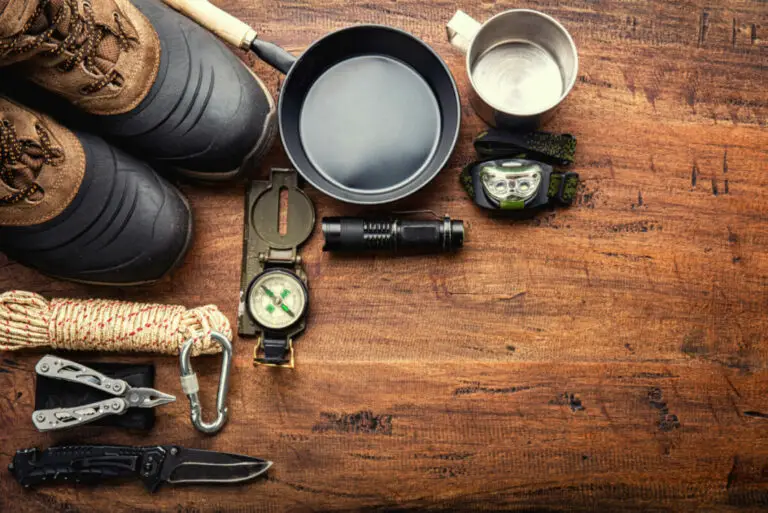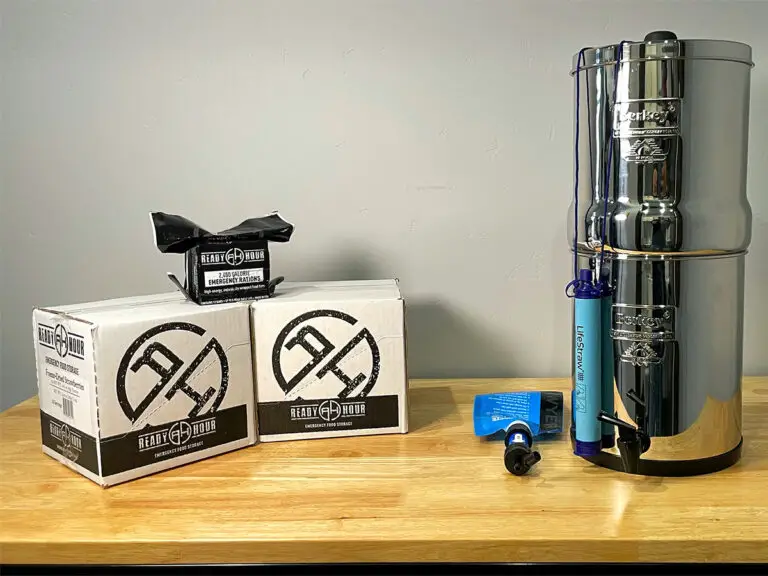
Bugging out, or leaving in case of an extreme emergency, is a great option for situations when staying in your home becomes too dangerous for you and your family. But preparing for such an eventuality is difficult. So how do you prepare to bug out?
To prepare to bug out, make a 72-hour bag for each member of the party that includes necessary survival supplies and personal items. Have a clear and well-communicated plan. The more detailed the better. Establish meeting points and choose a safe bug-out location one can escape to in an emergency.
This guide will help you know what to do to prepare to bug out.
Bugging Out
The most important things to plan for when bugging out are where you are going to go and when. There are many factors to consider in whether you should leave or stay, but they won’t be explored in full here. The critical thing is that if you decide to leave, you need to know what you are going to do beforehand and have multiple ways to leave. This plan will vary based on whether you are in a city, town, or rural location.
Periodically practice the route you need to take to get to your bug-out location to ensure you know where to go. Have a map with the location marked, and practice using a map to get to it without your phone. Inform your family members about the location beforehand. Have multiple exit routes from your current location in case one becomes blocked.
Here are some vehicles to consider using to get to your bug-out shelter.
- Cars: Cars will likely be your first choice. Always make sure you have enough fuel in the gas tank to make it to your bug-out location. Cars are fast and can carry a massive amount of equipment compared to most other methods of transportation.
- Bikes: Bikes are quieter than motorized vehicles but can’t move as quickly and are not viable options for those who aren’t in good physical condition.
- Motorcycles: Motorcycles are neither stealthy nor fuel-efficient, but they are fast and have the potential to pass through smaller spaces than cars.
- Planes: Planes are expensive, but if you have one and have space to store it at your bug-out shelter, it can be a great form of transportation.
- Boats: Boats allow you to use nearby rivers to travel. They can also carry a decent amount of supplies.
Have a bug-out plan for each vehicle and ensure you can make it to your bug-out shelter on foot if necessary.
Building a Bug Out Bag: The Most Important Survival Items
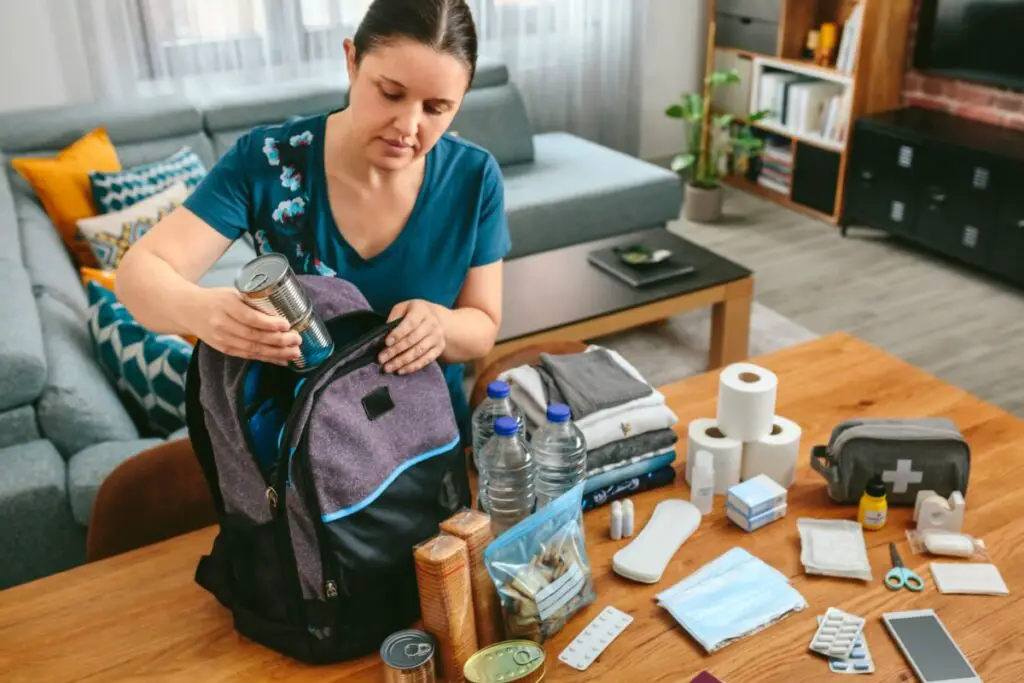
There are a few essential items that every bug-out bag should have. It is best to pack as though this is all of the equipment you will have for 72 hours. This is why they are often called 72-hour bags. The most basic items that belong in any suitable 72-hour bag include:
- Water. Have enough for everyone in your party to survive on for several days.
- Food. Have enough non-perishable food to last for several days.
- Matches
- Flint & Steel
- Lighters
- Hand-crank radio, especially an NOAA weather radio so you can listen for alerts about natural disasters and such.
- A flashlight or headlamp.
- A first aid kit that has bandages, sterile gauze pads, ace bandages, CPR masks, allergy medication, scissors, and tweezers.
- Extra batteries for your flashlight and radio. Portable chargers can be useful as well.
- Local maps and a compass.
- Blankets
- A change of comfortable clothes that are suitable for exercise.
These are some of the basic survival tools and equipment that you will need, but if you are bugging out, it is likely uncertain that the items left in your home will be as you left them when you return. For this reason, determine which important keepsakes you will want to bring with you when you bug out. A few ideas are listed below.
- Photo albums and hard drives
- Legal documents, insurance information, passports, and forms of identification.
- Journals
- Small family heirlooms
- Other sentimental belongings that are not difficult to carry
Your bug-out bag should be light enough that you can walk 10-12 miles a day with it for up to five days. In order to prep for long-term survival or extreme situations, some may also want to create an INCH bag or an “I’m never coming home” bag. These will naturally have many more items than a bug-out bag, so if your bug-out bag is getting too heavy, you may want to put some less essential items in an INCH bag instead.
Choosing a Bug Out Location
There are several factors to consider when choosing a bug-out location. I’ll list them in terms of what to consider first, although each of them is very important. Of course, budget and availability will be the factors that ultimately determine where you can create a bug-out location, so keep in mind that it may not be possible to find a location that perfectly fulfills every desired requirement. Personal preference also plays a huge role in picking an excellent bug-out location.
Here are a few things to keep in mind when picking a bug-out location:
- Distance from Your Current Home: A bug-out location should be within 4-5 days’ walking distance from the city/large town that you live in. Keep in mind that the average person can walk 10-12 miles per day. The distance you can walk in a day will be influenced by health, injuries, and geographical barriers. However, don’t put your bug-out shelter too close to the city you live in, as looters and other people might reach it before you.
- Distance from Highly Traveled Routes: Your shelter should be relatively far from cities, main roads, and railroads. Highways are dangerous places to be next to, as your shelter will be easily discovered by travelers. Railroads are also often used as a way of maintaining a straight path when traveling by foot. Relative secrecy and remoteness are keys to preventing as much conflict with others as possible, reducing the chances you will be killed and your bug-out-location looted for supplies. In addition to the general location, some geographical features such as mountains, lakes, and rivers are excellent natural barriers.
- Water: You won’t be able to survive more than a week at most if you don’t have a good water supply. Ensure that your bug-out shelter is near a lake, stream, or another natural water source. However, keep in mind that they can be contaminated. Wells are great, as the water pumped from underground aquifers tends to be somewhat more pollution-resistant than other water sources. No matter what water source you have access to, you will need a method of filtering water.
- Structural Integrity: A bug-out shelter structure should be constructed so it won’t collapse and can withstand harsh weather. For example, if there are tornadoes or hurricanes in the area, your shelter/cabin/structure should be resistant to them so that if you have to bug out during a natural disaster, you won’t be left without shelter.
- Security: Camouflage is step number one of making your bug-out structure secure. It should be hard to spot unless you know what to look for. Buildings, cars, propane tanks, and any other identifiable items should be covered with tarps, leaves, plants, and more when possible so they can be hidden. Growing more trees and plants around your property if there isn’t an abundance of them can also be helpful for obscuring the view of your bug-out location.
- Perimeter Security: You will want to have some sort of fence or other barriers around your bug-out shelter that will make it difficult for people to enter your property. These barriers can be camouflaged with plants relatively easily. Bodies of water are also excellent natural barriers that will make entering your property more of an ordeal. The idea is that you should have some time to react if someone attempts to enter your property because of the barriers surrounding it.
- Emergency Exits: Every shelter you use should have exits that you can use quickly. It is better to lose a battle than lose your life, and it is better to lose your bug-out location than to lose your life at the end of a confrontation that you can’t win. You should practice your exit from time to time to make sure that you won’t panic and get lost or stuck in the event of an actual emergency.
- Waste Disposal: Make sure you have a latrine that will work without a modern plumbing system so you can properly dispose of your waste. A latrine should be both downhill and downwind from your shelter so you won’t smell it while you are in your shelter. It should also be dug relatively deep. Additionally, ensure that it is far away from groundwater deposits or other water sources, as human waste can contaminate water. You can use human waste as fertilizer, but this process will likely not be pleasant.
- Solid Waste Disposal: Empty Doritos bags, plastic water bottles, and feminine waste products are natural byproducts of modern living, and nearly everyone will have some sort of solid waste output. Cutting down on this will be very helpful to you, but you can bury the items you can’t live without. Make sure to bury this type of trash far away from water resources so it won’t impact your bug-out shelter’s livability. Trash buildup is not only unsanitary, as it can attract critters and rodents, but it will potentially signal to potential intruders that your bug-out location is being lived in, making it a target.
Communicate Plan With Family Members

All of these escape routes, transportation options, and emergency bags are incredibly helpful. However, it is important to be sure that all members of your family are well-informed about the bug-out plan because it is likely that you will not all be together when an emergency situation occurs.
It is smart to tell younger family members about at least 1-2 places where they can go and wait for you to come and get them in case of an emergency. Older family members should be aware of these pick-up locations, as well as other steps of the plan and the final destination.
Emergency Contact List
Have a list of people that can be contacted in the case of an emergency. This should include close and trusted family members and friends.
It is best for party members to have a few contact methods memorized, but be sure to have a physical copy of addresses and phone numbers in each person’s 72-hour bag as well. It is also wise to print a map of the bug-out location and place it in each person’s bag in case anyone is separated from the group or a map is lost.
First Aid & Wilderness First Aid
Becoming proficient in first aid and wilderness first aid can prevent serious injuries from becoming critical ones, and it can save lives in the event of an emergency. The Red Cross and NOLS both provide excellent first aid training at a relatively low cost, and these skills will be useful to have even if a major catastrophe never comes your way.
Everyone should have a basic level of first aid knowledge, and those who want to be prepared for an emergency should be even more knowledgeable. Be sure to have a first aid kit of some kind in your 72-hour kit, as it will be crucial in nearly any emergency situation. When you need to bug out, you don’t want to have to search for supplies that will help you if you or a family member gets hurt.
Overall, when bugging out during an emergency, bring your 72-hour kits with you and make sure you communicate with your family members as much as possible so no one gets left behind. Prepare a shelter that you can safely go to during an emergency. If it will take a few days for you to reach your bug-out shelter, put a tent in your 72-hour kit.

